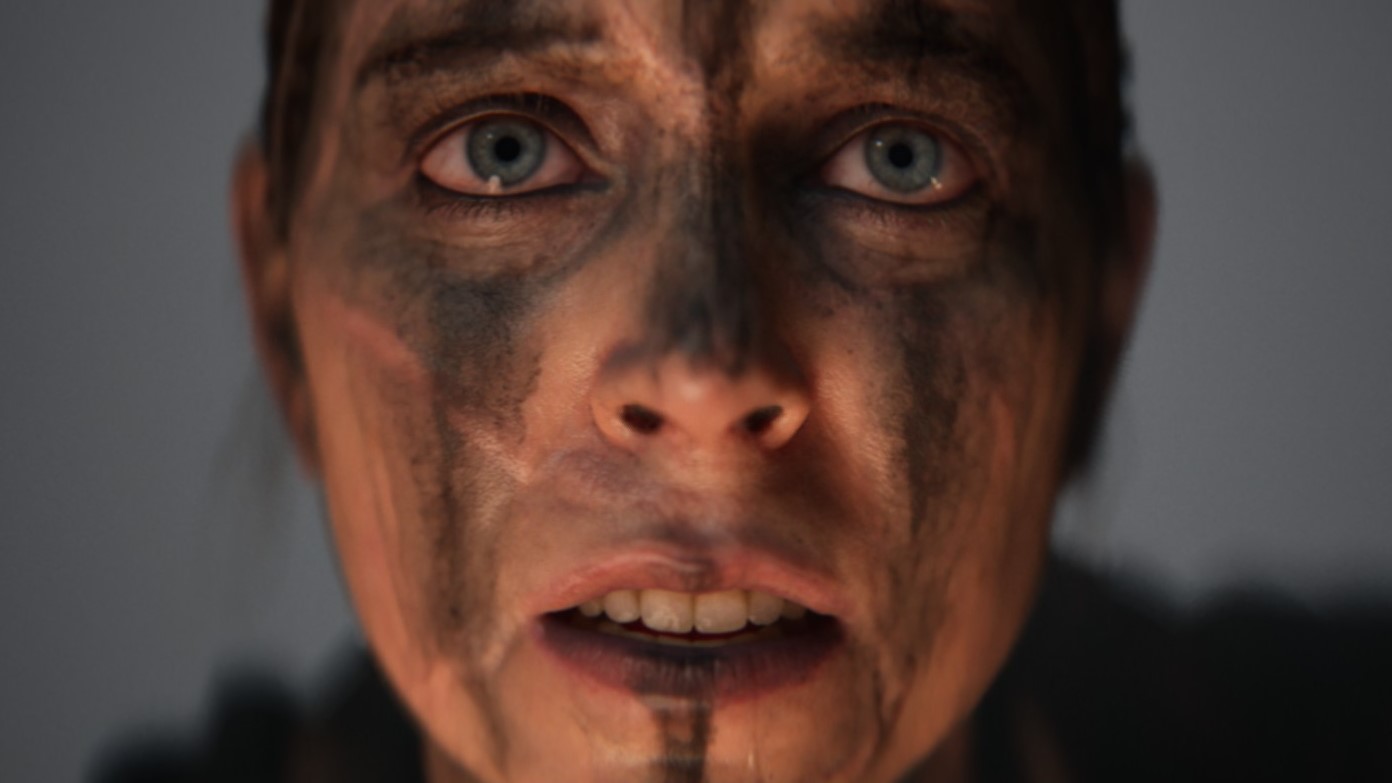
What is it? A dark fantasy cinematic adventure across 10th century Iceland.
Release date May 21, 2024
Expect to pay $50/£50
Developer Ninja Theory
Publisher Xbox Game Studios
Reviewed on Nvidia Geforce RTX 3080, AMD Ryzen 9 5900X, 32GB RAM
Steam Deck TBA
Link Official site
In retrospect, the original Hellblade was never going to be an easy game to make a sequel to. Protagonist Senua's personal journey to self-acceptance was introduced and fully resolved, and most of the events of the story were seemingly hallucinations. That doesn't give you a lot to springboard off into a wider world, and indeed Hellblade 2: Senua's Saga struggles throughout to rise to that challenge.
Seeking to stop the Viking raids on her homeland at their source, Senua allows herself to be captured and brought to Iceland, with bloody vengeance against their leader on her mind. She arrives to find that things will not be so clear cut—this is a cursed land where the people live in fear of man-eating giants, and their reasons for taking slaves from other lands aren't as black and white as she thought.
Now trapped in Iceland herself, and fresh from carving her way through gods and monsters in the first game, Senua resolves to track down and slay the giants, recruiting the aid of local people and weirder allies as she goes. For the player, that means about eight hours of cutscenes, lightly interactive setpieces, mild puzzle-solving, and sword fights.
It's a visually spectacular world. The landscape is scanned in from the real world using photogrammetry, and Iceland's bleak but beautiful vistas are just as startling and strange as any alien planet or fantasy realm. Mocap is used to phenomenal effect, both in the subtle performances of the human characters, and the deeply unsettling movements of the giants. There's a photo mode in the game at launch, and even as someone with little eye for that sort of thing, I couldn't help but snap shots of every horizon, skybox, and character close-up. And it all runs smooth as butter, on my machine at least, with no bugs or stuttering or even a loading screen along the way.
But what kind of world are we actually in, here? The dark fantasy setting creates an immediate disconnect with what Hellblade is supposed to be about.
Mind games
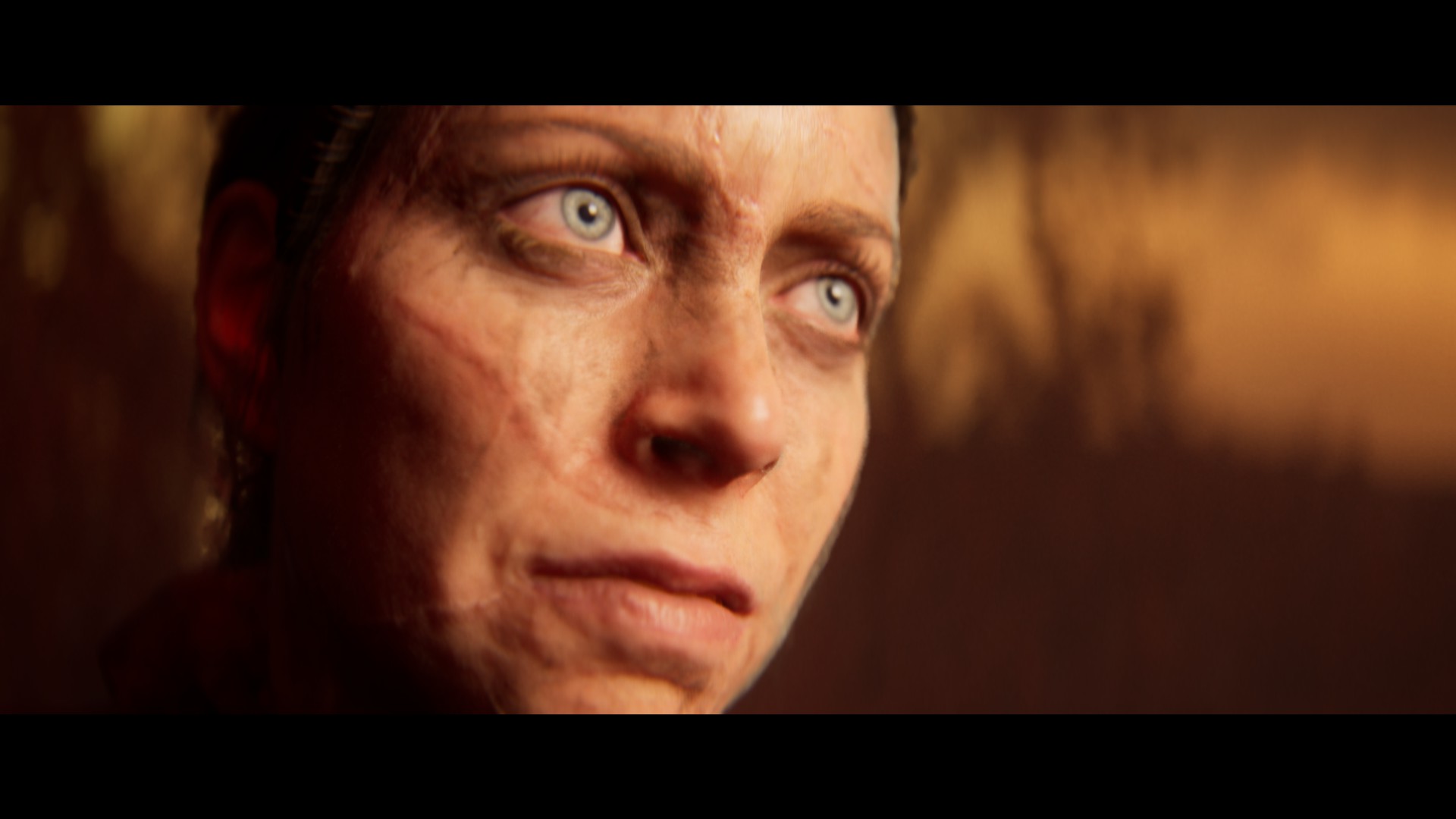
But though Senua is certainly still hearing voices, she now seems to be in a world of actual monsters and magic.
The series' focus is the idea that we're seeing the world from the perspective of someone with severe psychosis—Senua hears voices in her head relentlessly, and her reality is utterly distorted. The first game seemed to be a journey into her own mind, full of not just hallucinations but also metaphors for her mental state. When she fought terrifying undead warriors, the implication was they were simply human Vikings seen through her terrified eyes. The magical disease that was slowly killing her represented her fear and shame at her mental illness. Her confrontation with the Norse god Hela was really a confrontation with her own reluctance to process grief and trauma.
But though Senua is certainly still hearing voices, she now seems to be in a world of actual monsters and magic, phenomena observed and confirmed by other people around her. There are still metaphors at play, but it all seems to be physically real too. Iceland has its own undead Vikings, for example, and perhaps these too are not quite as they appear, but the locals call them monsters, name them draugr, and confirm that they eat people and perform magical rituals, so there's little room for interpretation.
The entire concept of Senua becomes muddled. If myth is real, why should we assume any of what she experiences is hallucination, rather than actual magic and the real voices of spirits? How is a distinction between what's real and what isn't meaningful if surreal and impossible things can happen in either world? And if she really can stand up to seemingly physical gods, then were the events of the first game all literal after all? Sure, you could simply say every character she meets and everything she experiences in Iceland is all one enormous hallucination, but that doesn't get you anywhere narratively, and it's not really how the game presents itself.
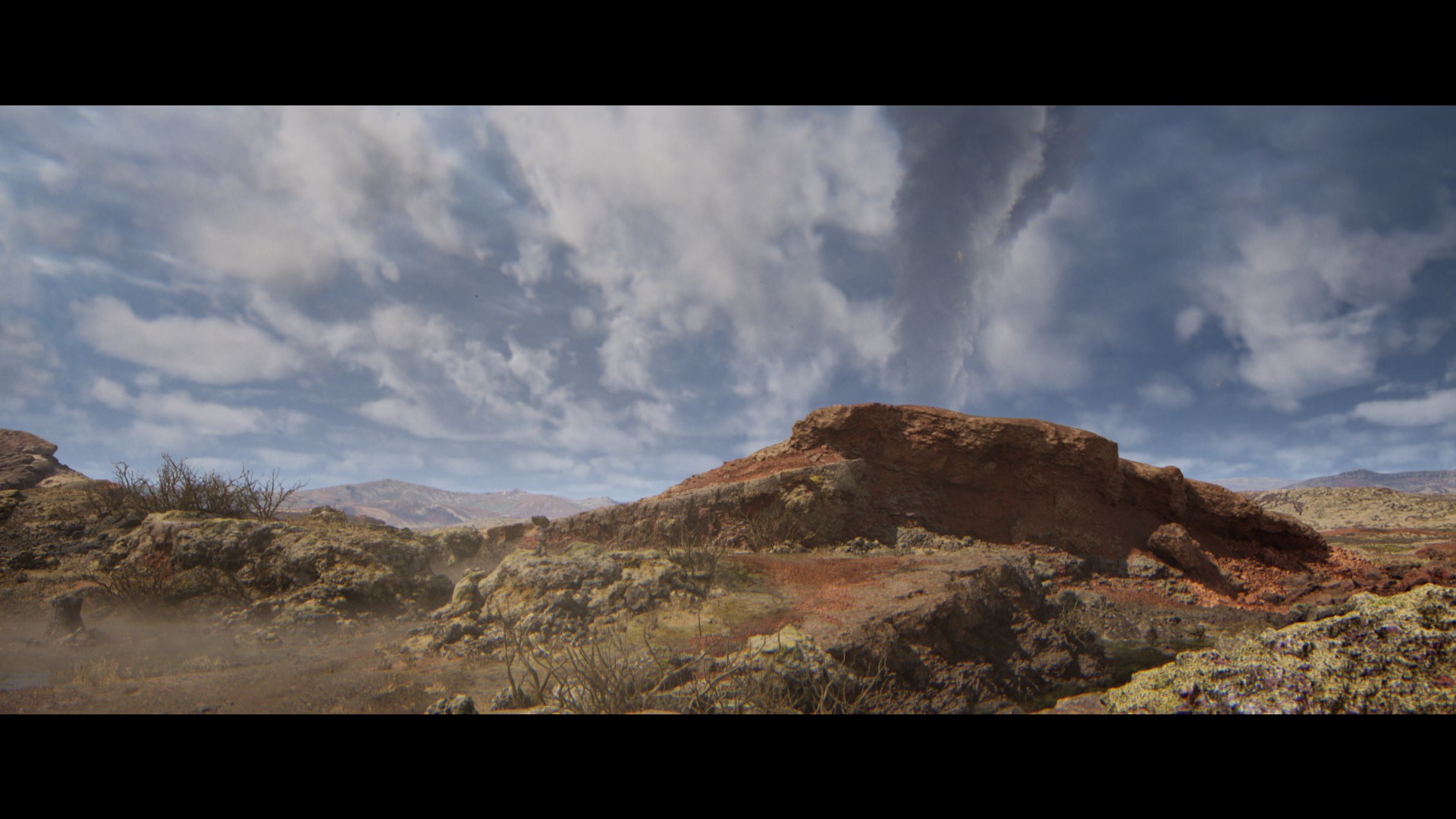
Where the first game was deeply personal to her character, in this story she feels like she's wandered into a sidequest in a setting she has no connection to
It's a jarring symptom of a wider problem, which is that Senua simply feels out of place in her own sequel. Where the first game was deeply personal to her character, in this story she feels like she's wandered into a sidequest in a setting she has no connection to. With her arc of self-discovery already completed, she doesn't have a meaningful journey left to go on, and half the time it feels like she's pushing forward out of habit rather than any real drive to see this through.
Even the performance seems out of place. That's no slight to Melina Juergens as Senua—she's as wonderfully intense and surprising as ever, with advanced tech giving her even more opportunity for expression through the mocap. But she's now surrounded by much subtler, more naturalistic characters, and her heightened delivery clashes, emphasising the feeling that she's an alien to this world. Neither approach is inferior (though Juergens' is certainly more memorable) but they don't click together.
That might have worked as a deliberate touch if the story was about Senua as a stranger in a strange land, but that doesn't seem to be what it's going for. Instead, it's about her becoming a hero to the local people, and the difficulties and burden of leadership. That's really not a role that Senua as portrayed is able to slide into. She's quiet, haunted, and erratic—half the time people ask her something, she just flatly ignores them while her eyes dart around, and she never explains to anyone around her any decision she makes or what she's doing. With her grand feats in the story, it makes sense that she would inspire awe, fear, even respect, but as a leader she feels totally out of place, as does the speed with which the locals' wariness turns to devotion.
Norse play
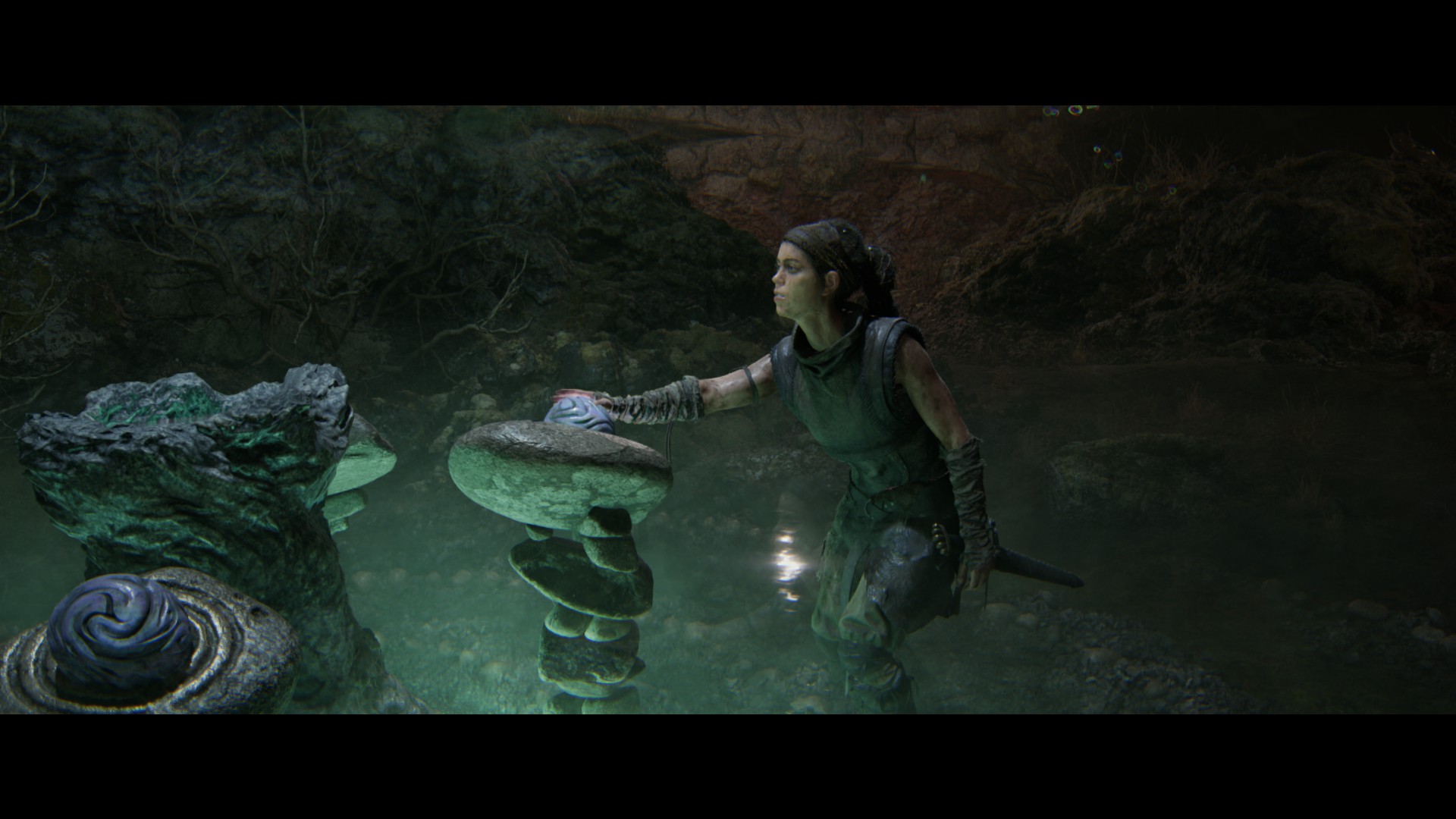
You only ever fight enemies one-on-one, and all are beaten with just a simple toolset of a fast attack, strong attack, parry, dodge, and slow mo power.
It feeds into an oddly patronising atmosphere—Senua is special and important just because she is and everyone recognises it on sight and praises her for it. It starts to seem like she's a Make-A-Wish child whose request was to be in God of War. It's a feeling made far worse by the very rudimentary mechanics.
You're constantly being told that you, as Senua, are accomplishing incredible feats and doing things no one else could have done—the reality is that most of the time you're just holding forward on the stick, or doing puzzles a child could solve, so it all feels deeply unearned. In one sequence where the characters were lost in a strange forest, I was heaped with praise for using my insight to find a way through—when literally all I was doing was following the one clear path in front of me.
The occasional battles are a little tougher, but still stripped down and simplified even from the first game. You only ever fight enemies one-on-one, and all are beaten with just a simple toolset of a fast attack, strong attack, parry, dodge, and slow mo power. There's no nuance to be found beyond learning each of the handful of enemy types' limited attack patterns, and if you do falter, the game seems reluctant to actually kill you—it is possible to die, but you're given second chance after second chance, and on the default "Dynamic" difficulty, the game gets easier and easier the more you falter.
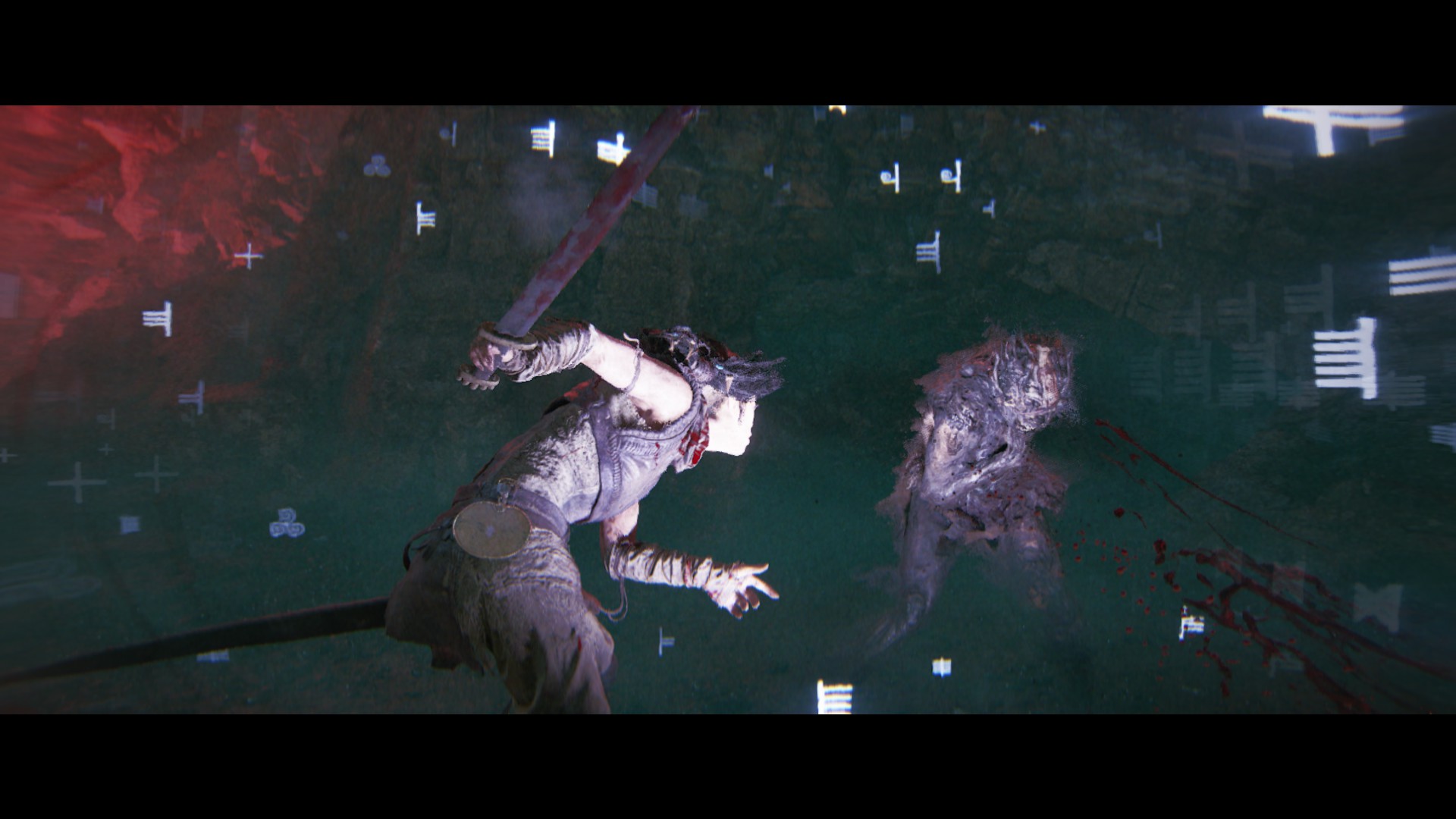
It's an impressive feat of both design and technology, pulling off sights very few studios could even hope to match.
Simple mechanics aren't inherently a bad thing, of course. The game is clearly aspiring to a cinematic feel, rather than the kind of system mastery demanded in previous games from Ninja Theory such as Enslaved or DMC. And it does have the visual chops to swing for something like that.
It's always gorgeous, often truly breathtaking, and there are a few moments where the sheer spectacle of what you're seeing does convince you that you're playing the part of this incredible warrior. Some of the encounters with the giants in particular are wonderfully terrifying and really give a sense of tiny little humans coming face-to-face with immortal, elemental forces. It's an impressive feat of both design and technology, pulling off sights very few studios could even hope to match. With the right story behind it all, it could perhaps have gotten away with such a thin veneer of interactivity, but in a tale all about accomplishing the impossible, it feels absurd that more often than not all you're really accomplishing is walking and pressing a button.
And despite that visual approach to the storytelling, there's an awful lot of breaking the rule of 'show, don't tell'. The voices in Senua's head, though atmospheric (and particularly creepy if you wear headphones), constantly over-explain what's happening in a story that would hugely benefit from some moments of quiet.
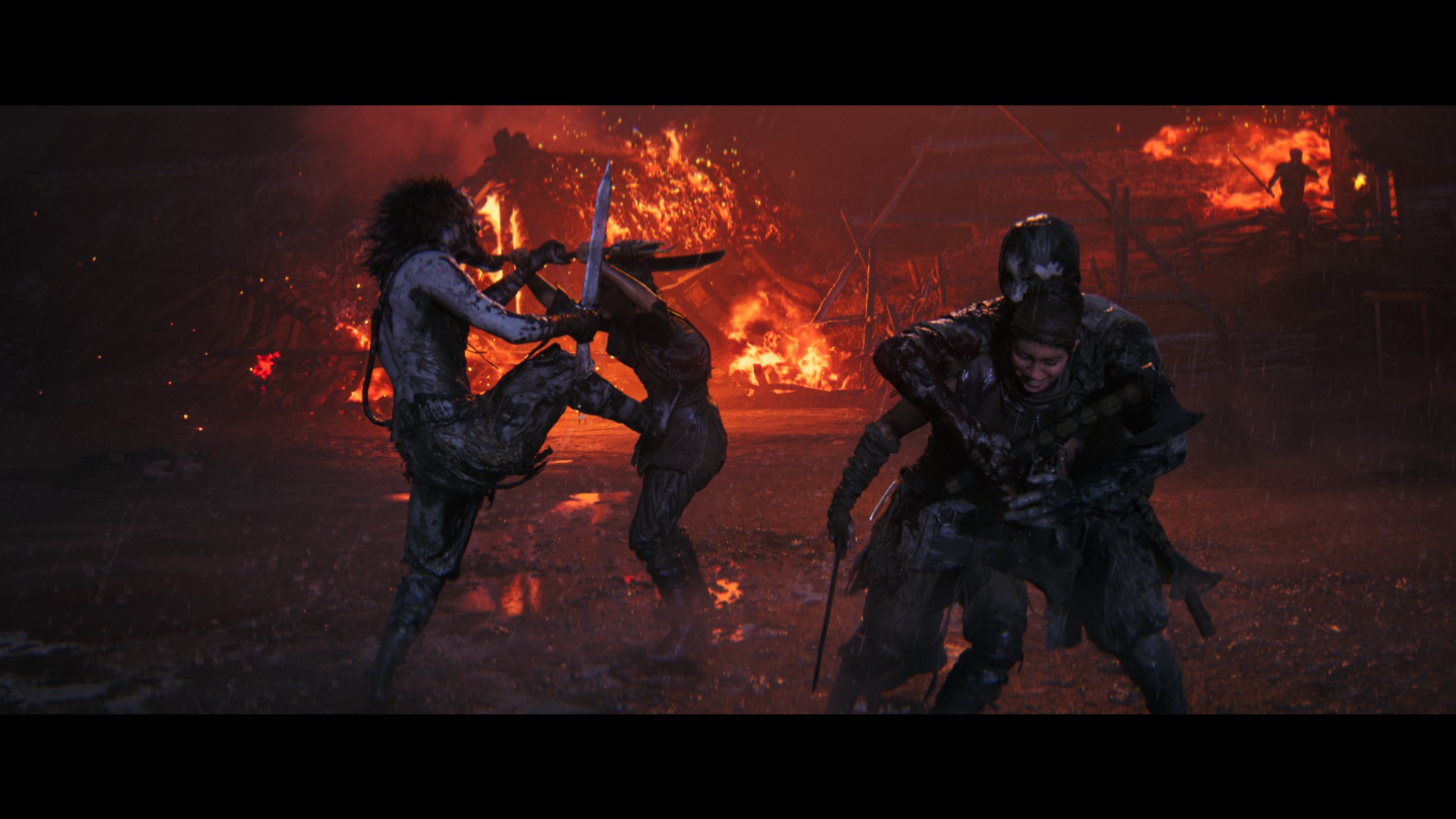
You're never allowed to wonder about what a line might mean, or the significance of a particular facial expression or gesture, because the voices are there to talk all over it.
You're never allowed to wonder about what a line might mean, or the significance of a particular facial expression or gesture, because the voices are there to talk all over it like YouTubers making a Let's Play. At their worst, they make a game trying to be intelligent and artful feel like it has no respect for the audience's intelligence, explaining the most basic of plot points multiple times in a row and offering a jumble of advice for overcoming simple obstacles.
It's a problem the first game had, but it's exacerbated here by how disconnected Senua and her psychosis are from the narrative. With no new personal backstory to exposit on or anxieties to work through, they don't really have anything of substance to talk about. Even Senua just ignores them most of the time, which has the unfortunate effect of creating lengthy sequences without a peep from her at all. I'd much rather watch more of Juergens at work than "She must go back! She'll die!" "No, she can't! She must go on!" ad nauseam.
But the problem extends beyond the voices. Through the Icelandic characters, we're told about the effect the giants are having far more than we see it, and Senua's more mystical allies are able to simply relate to her the backstory and weaknesses of all of her greatest foes whenever she's en route to challenge them. There's never a sense that either she or the player need to figure something out or speculate on a clue—it's always presented plain as day, which feels bizarre for a series so interested in the surreal and ambiguous.
A dulled blade
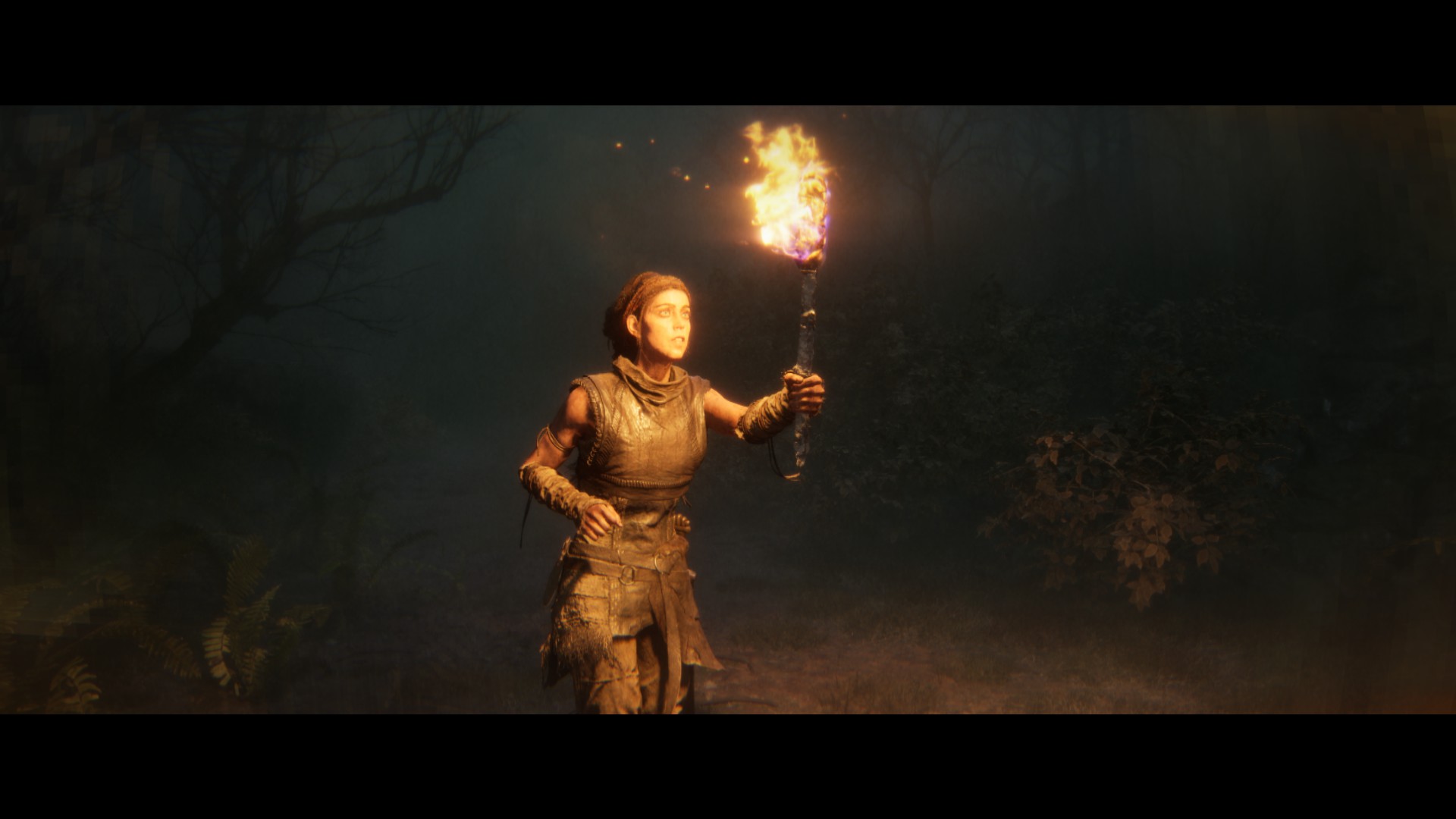
Often it feels like chunks of the story are missing, especially in the character arcs of the supporting cast.
The only thing that leaves you to really ponder on is the game's broader themes and metaphors, but they're too disjointed to inspire much analysis. Narrative threads related to leadership, power, parents, betrayal, redemption, mercy, and the question of whether someone can truly change drift in and out of the plot without ever really feeling relevant to anything Senua is going through, and the revelations of the climax are a culmination of ideas that weren't really explored sufficiently in the lead up. Often it feels like chunks of the story are missing, especially in the character arcs of the supporting cast, some of which feel rushed while others are abandoned part way through. That's not helped by frequent disorienting time-skips that artificially break up what is otherwise one long, continuous shot.
As with the first game, in the lead up to Hellblade 2 huge emphasis has been placed in the marketing on the authenticity of the depiction of psychosis. I don't have the personal experience to say whether it is representative or not—I'll leave that to others—but what I can say is that I don't think Senua's psychosis feels relevant to the story this game is telling. It isn't really even a psychological tale—it's a dark fantasy parable with some surreal imagery that evokes but doesn't actually explore the idea of distorted reality.
That's probably a sign that the first game didn't need a sequel at all, or certainly not one on this scale. Hellblade 2 was always an odd fit as a flagship title for a publisher as big as Microsoft, and perhaps that pressure to go bigger, more epic, and more mainstream was too much for Senua to carry on her shoulders. Whatever the case, visual spectacle and intricate motion capture can't save this sequel from feeling like an unengaging and inessential adventure.







